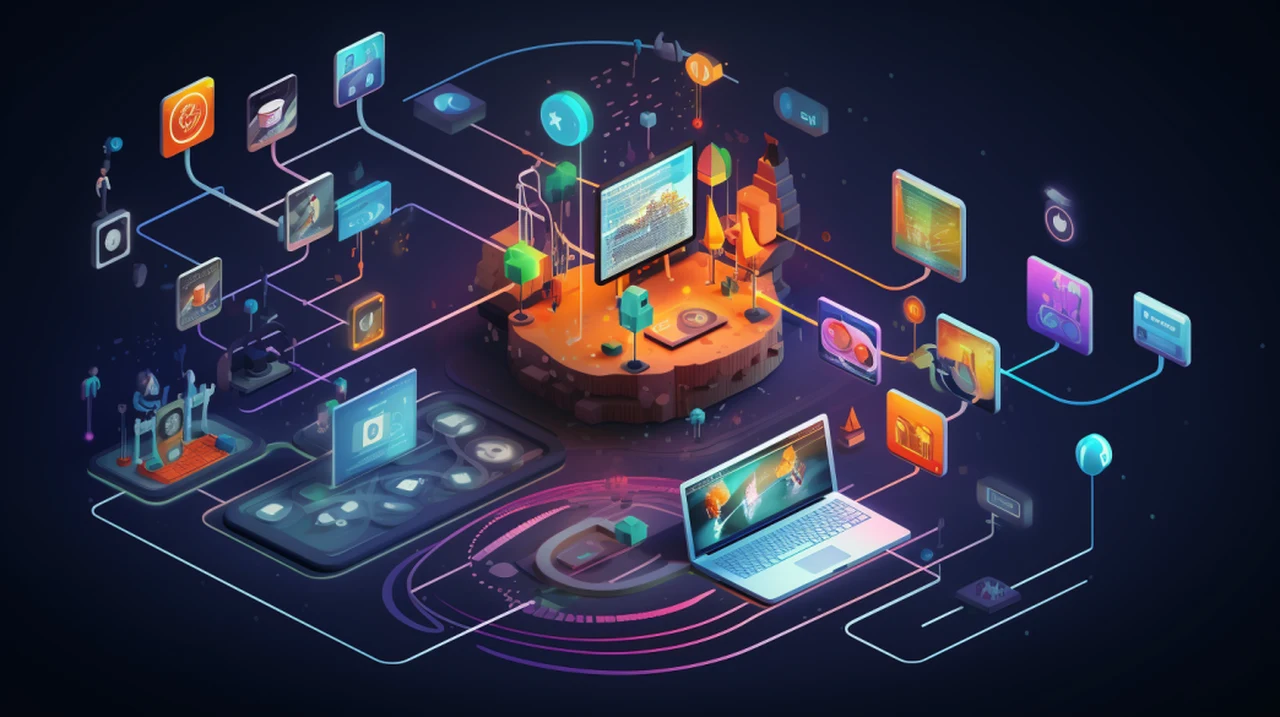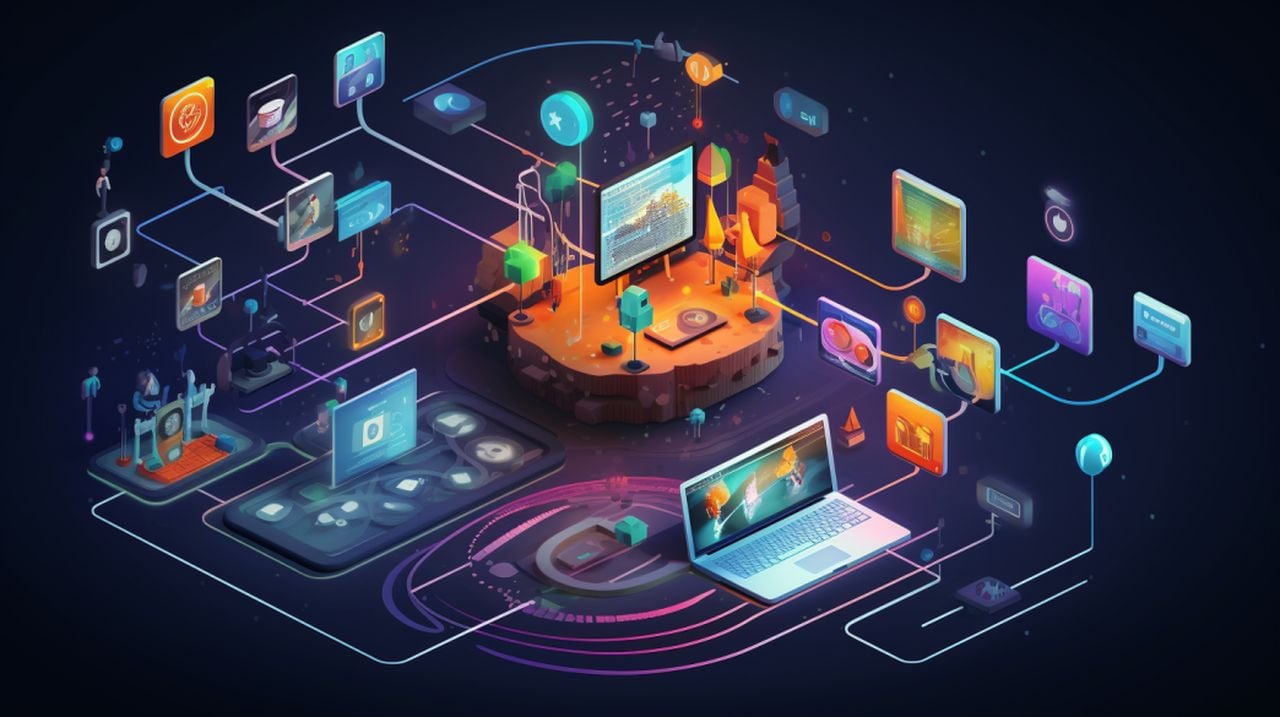
If you would like to build a custom chatbot using JavaScript, you might be interested to know that Ania Kubów an expert in coding has created a new tutorial that takes you through a project to build a full stack ChatGPT AI chatbot trained on your data. Imagine the possibilities when you combine the power of AI with the efficiency of inventory management. You’re about to dive into a project that will not only streamline how businesses handle their stock but also transform the way they interact with data.
This guide will walk you through the steps of creating an AI chatbot that can sift through CSV file data and tap into the wealth of information available on the internet. By using TypeScript for the chatbot’s framework and integrating OpenAI’s natural language processing capabilities, you’ll create a tool that’s both smart and easy to talk to.
Let’s start by setting up your development environment. This is where you’ll lay the groundwork for your project. You’ll need to install some key software, like Node.js, which will support both TypeScript and Python. You’ll also set up your development tools and generate an API key. This key is crucial—it’s like a secret handshake that lets your chatbot access and update your database securely.
Now, let’s talk about TypeScript. It’s a supercharged version of JavaScript that makes your code more reliable and easier to maintain, thanks to its strong typing and object-oriented features. You’ll begin by building the core of your AI chatbot with TypeScript, focusing on how it will interact with users and process their queries.
Building and AI chatbot using JavaScript
Here are some other articles you may find of interest on the subject of coding using the power of AI
Your chatbot needs to be quick and sharp when searching through large datasets. That’s where SingleStore’s vector search comes in. You’ll learn how to integrate vector embeddings into your database, which will allow your chatbot to find similar products quickly by using a similarity score. This is a game-changer for inventory management because it means your chatbot can make fast and accurate product suggestions.
For your chatbot to really understand and respond to users naturally, you’ll harness the power of OpenAI’s natural language processing technologies. By using OpenAI’s GPT models, your chatbot will be able to generate responses that make sense in the context of the conversation, pulling information from your CSV files to do so.
While TypeScript is great for building the chatbot’s structure, you’ll use Python scripting for managing the database. Python is perfect for creating tables, filling them with data, and running complex queries. This strategic use of both TypeScript and Python ensures that you’re using the best tool for each job.
Of course, a chatbot isn’t much without a user interface (UI). You’ll design a UI that’s not only nice to look at but also easy to use. This will make the user’s experience with your chatbot smooth and enjoyable. At the same time, you’ll work on integrating your chatbot with a backend server. This server will handle user inputs and make sure all parts of your chatbot work together flawlessly.
By the end of this guide, you’ll have a sophisticated AI chatbot that’s perfectly tuned for managing inventory. You’ll have hands-on experience with TypeScript, SingleStore vector search, OpenAI’s natural language processing, and Python database scripting. Your chatbot will be a pro at navigating CSV data and using internet resources to become a comprehensive inventory management tool.
This journey will equip you with the skills to build advanced, intelligent systems that can enhance business operations. You’re not just creating a chatbot; you’re crafting a smarter way for businesses to work, and enhancing your skills which you can resell to those in need. Taking advantage of the explosion in AI technologies over the recent 12 months and assisting those businesses looking to integrate AI, ChatGPT and custom AI models into workflows.
Filed Under: Guides, Top News
Latest timeswonderful Deals
Disclosure: Some of our articles include affiliate links. If you buy something through one of these links, timeswonderful may earn an affiliate commission. Learn about our Disclosure Policy.

